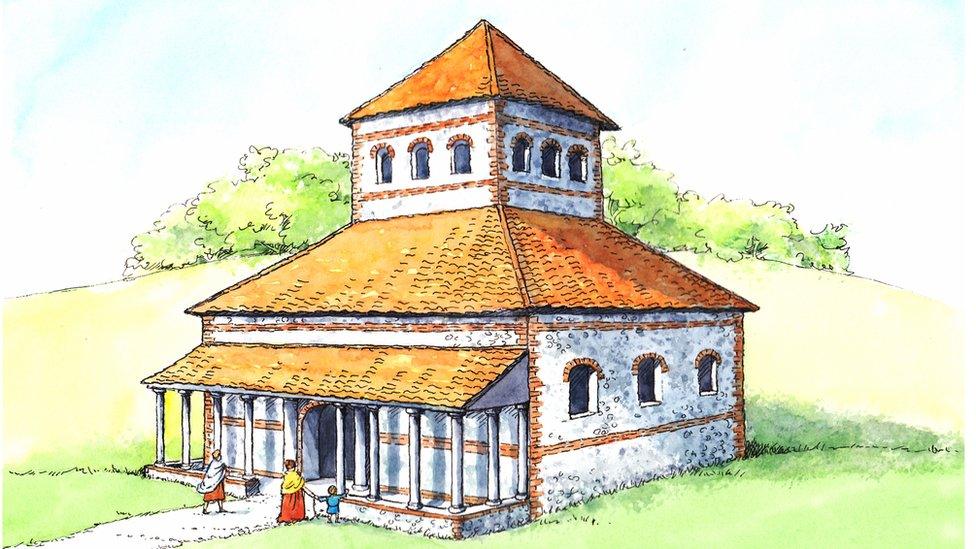Roman Caistor: Town's Iron Age past being unearthed in dig
- Published
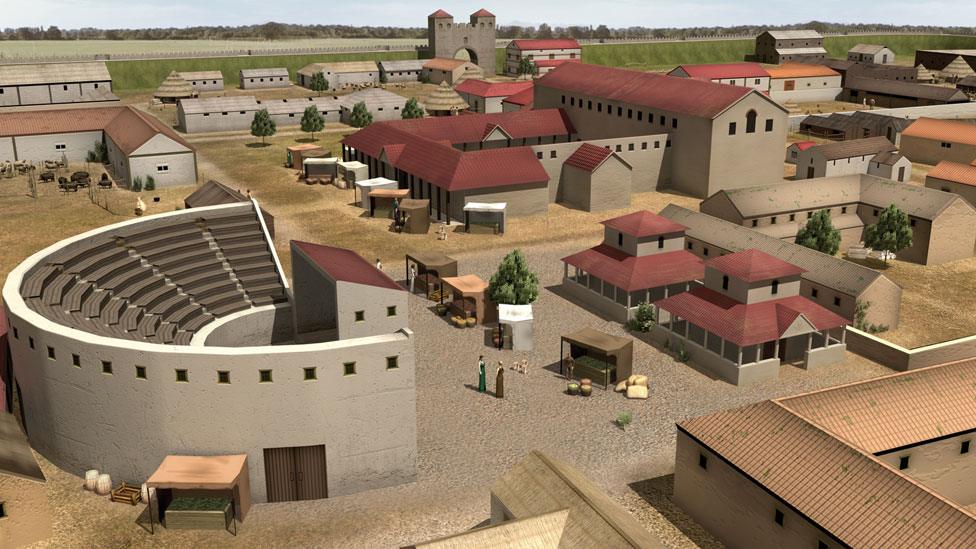
Venta Icenorum - as the Romans called it - had running water, baths, a town hall and a forum and was enclosed in walls in the 3rd Century
Evidence of Iron Age activity is being unearthed during a community dig at a site famous for its walled Roman town.
The settlement at Caistor, Norfolk, was the largest Roman town in East Anglia. It is excavated every summer by a mix of locals and archaeologists.
The dig is investigating land around the walled site.
Project director Will Bowden said Iron Age objects and "some sort of road" have been discovered, giving "a sense of pre-Roman activity".
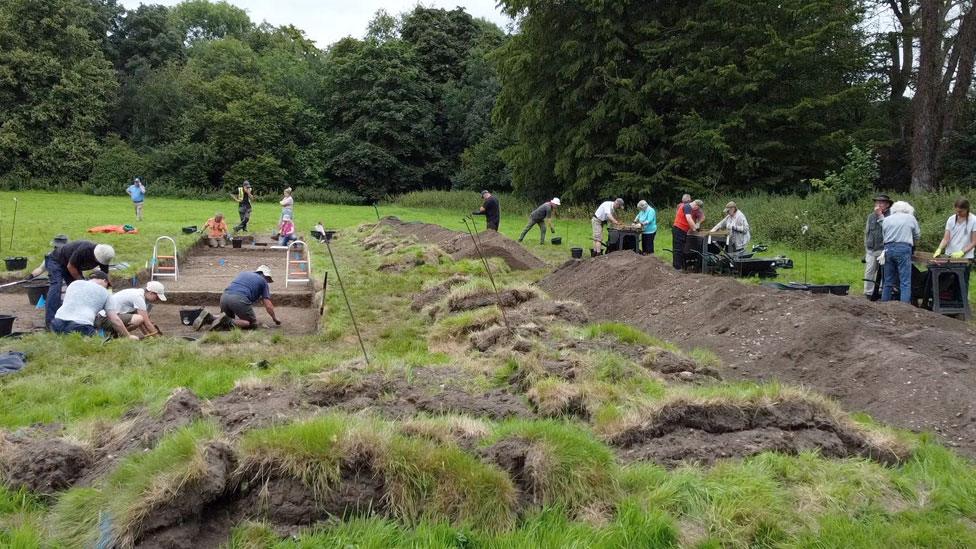
Before that it was surrounded by defensive ditches and this is the area the excavation is concentrating on
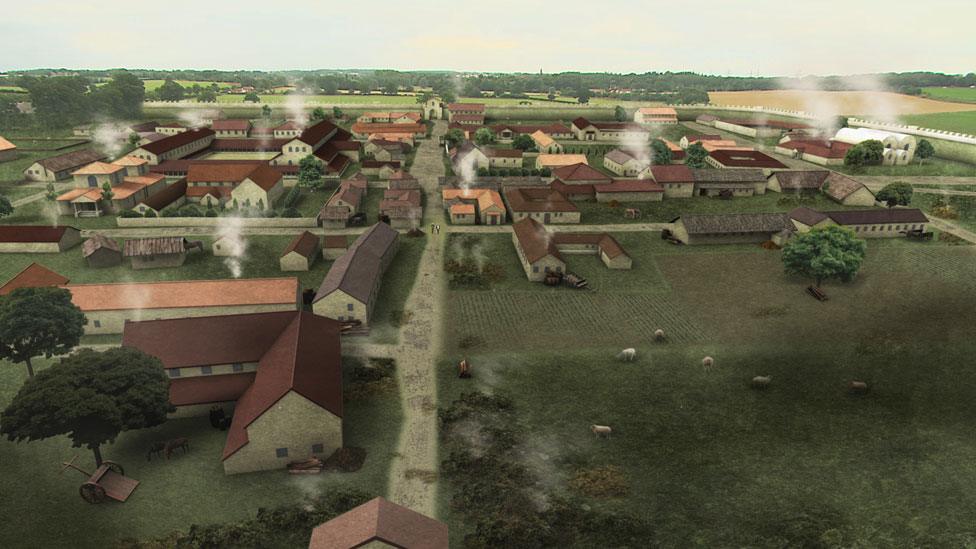
The community archaeology team have been excavating the site since 2006
The community archaeology group Caistor Roman Project, external is focusing on "one of the most intriguing areas of the Roman town".
When it was first founded in about AD70s, the town was surrounded not by walls but by a huge circuit of ditches, with a perimeter of 2.4km (1.49miles).
Its walls were not built until the 3rd Century.
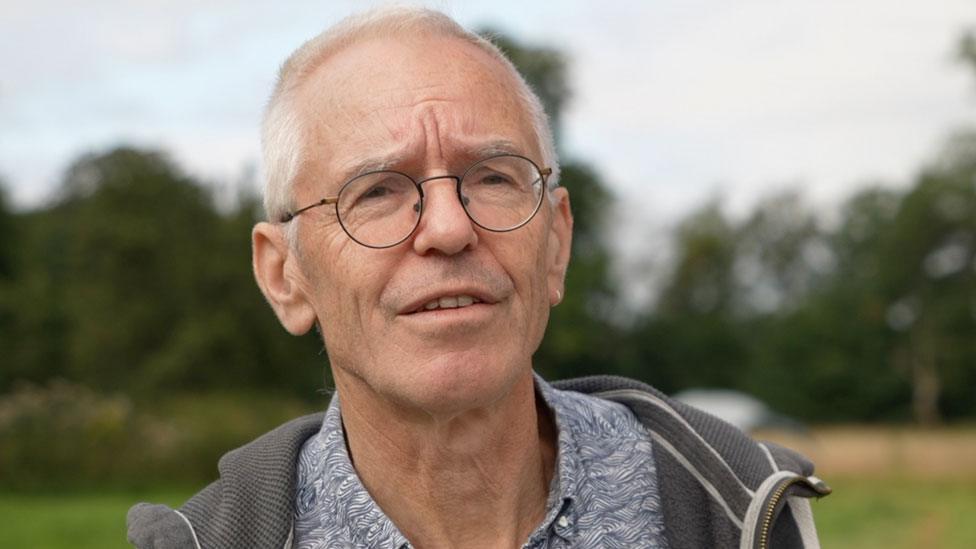
Prof Will Bowden said while it is early days, their latest finds are giving them "a real sense of what's going on in this field"
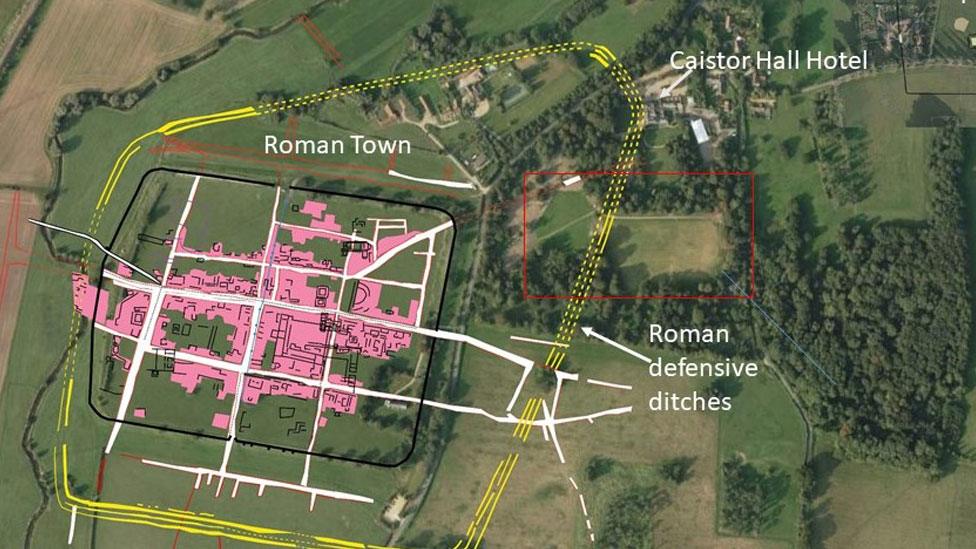
The defensive ditches surrounded an area much greater than the later walls
Project director Prof Bowden, a Roman archaeology specialist from Nottingham University, said it is a key location.
"We've always known this is an important area of the Roman town and excavations in the 1930s on this land demonstrated this had some of the earliest activity associated with the town in the very late Iron Age or early Roman period," he said.
"We want to find out how the town develops, what was here before, how the town develops - and why it is just a green field now."
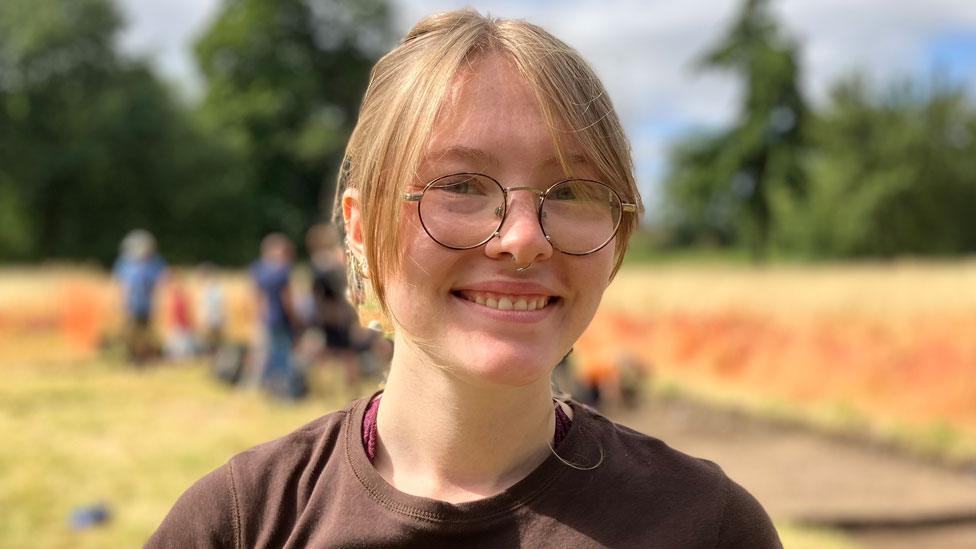
Archaeology student Kelsey Middleditch is enjoying putting her learning into action
The site is beside "one of the largest" temple buildings in Roman Britain, which built by the Iceni, best known for their leader Boudicca, who rebelled against the Romans in AD61.
Kelsey Middleditch, an archaeology student at the University of East Anglia, has so far helped uncover what could be cobble stone paving and some horse teeth.
"I would 100% recommend taking part - you don't need to be an archaeology student - or even interested in history", she said.
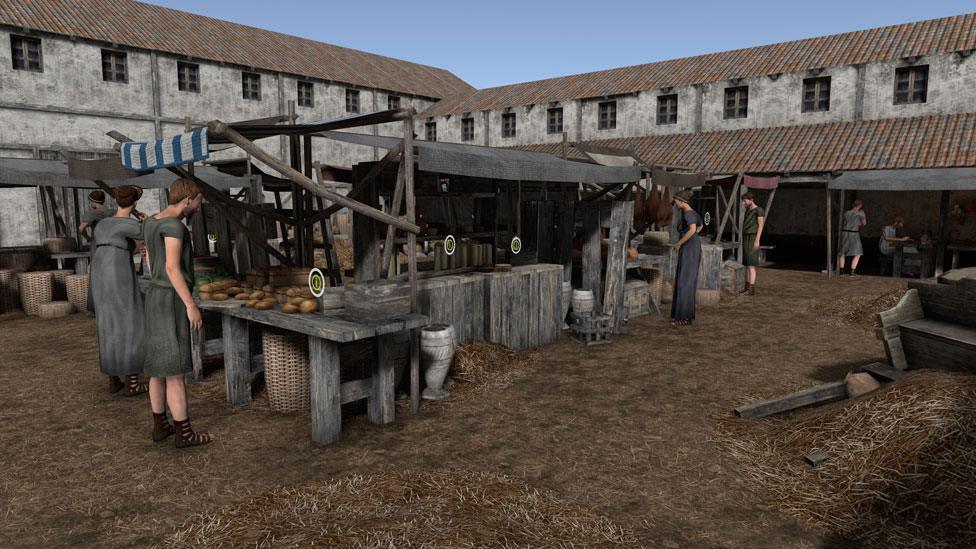
It was occupied until the 8th Century, when it was abandoned and Norwich became the county's civic centre

Follow East of England news on Facebook, external, Instagram, external and Twitter, external. Got a story? Email eastofenglandnews@bbc.co.uk, external or WhatsApp 0800 169 1830
Related topics
- Published30 August 2022

- Published17 August 2022
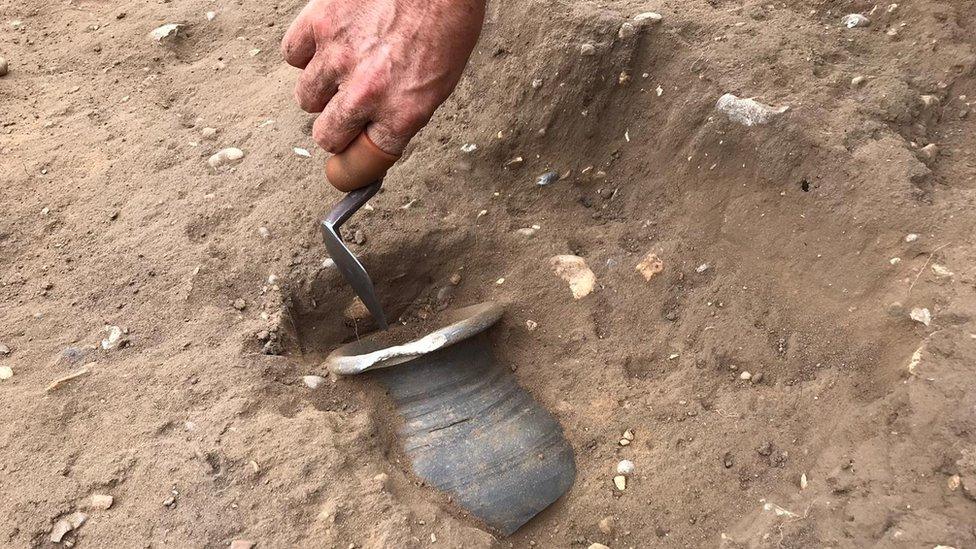
- Published22 December 2021
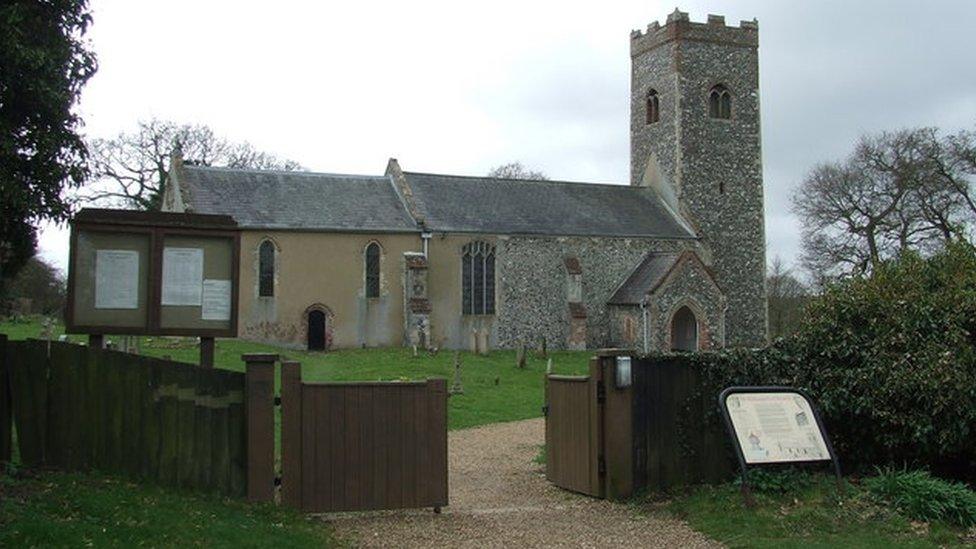
- Published13 September 2020
